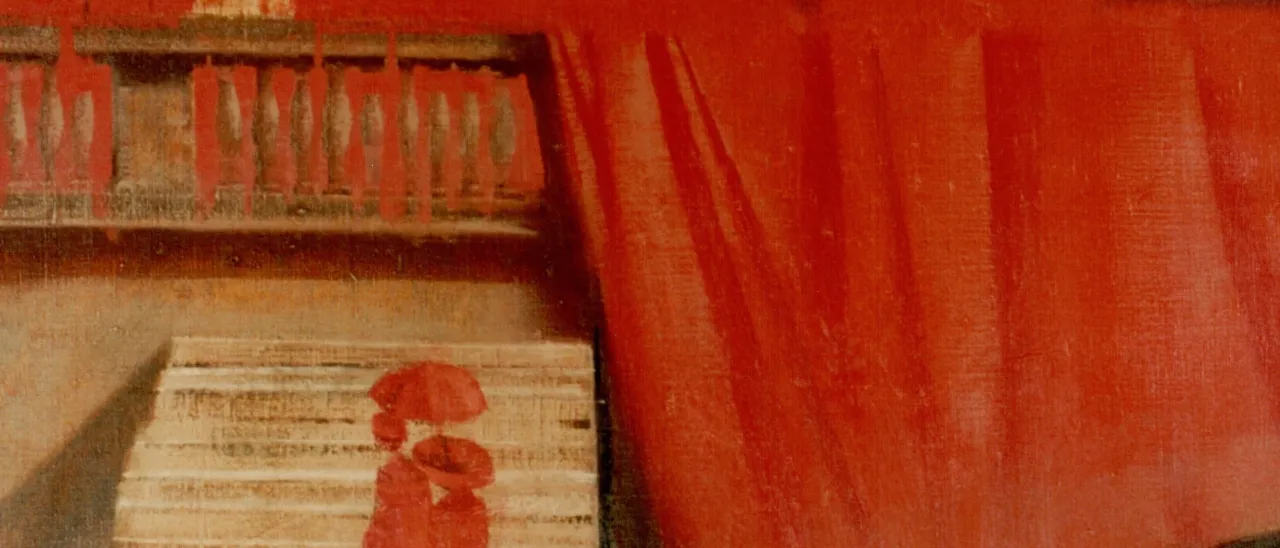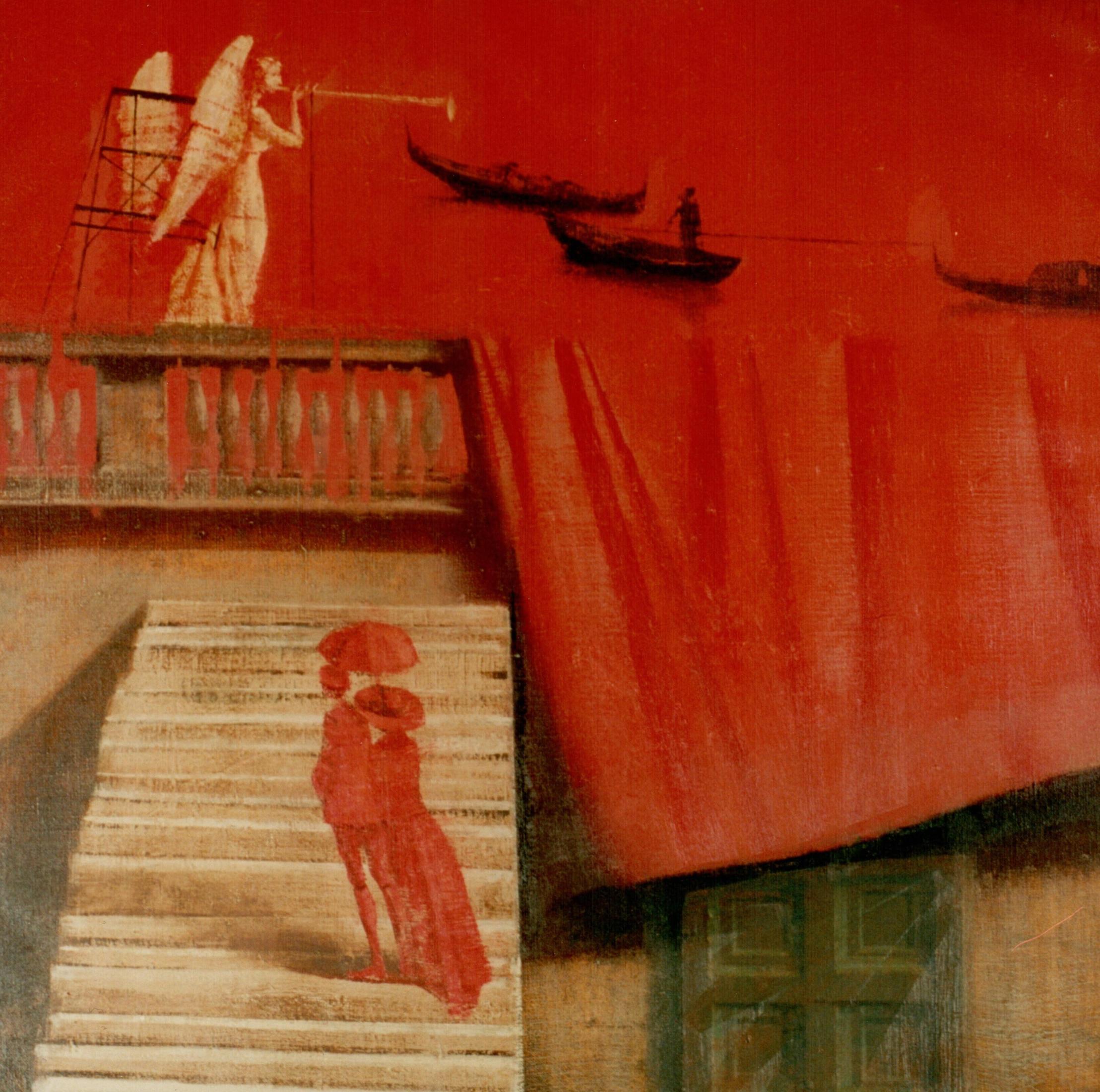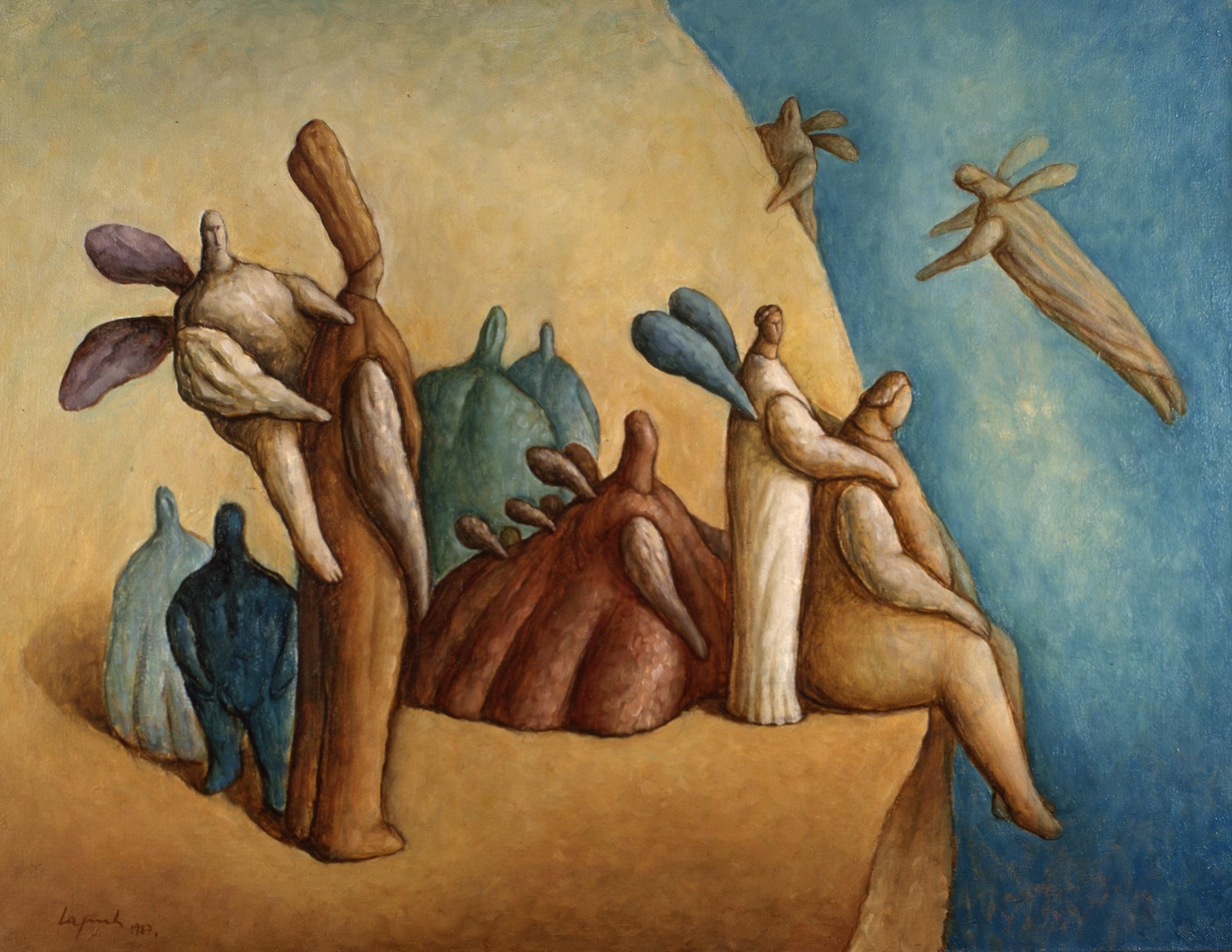
Croatia: Art and Sound
The Infeld Haus der Kultur in Halbturn is showing the exhibition "Croatia: Art and Sound" with works by key figures of Croatian art from the Infeld Collection. The first in the series is the outstanding representative of Art Nouveau Vlaho Bukovac (1855-1922). He was a professor at the Academy of Fine Arts in Prague, was considered a prince among painters and a cosmopolitan artist who also produced 400 portraits and 150 paintings. His two female nudes, which can be seen in Halbturn, appear lively, yet delicate and fragile at the same time.
Krsto Hegedusic (1901-1975) strove for a democratization of art. He belonged to the artist group "Earth" and was a professor at the Art Academy in Zagreb. Regardless of current style trends, he wanted art that reflected the social milieu it came from. In the 1930s he started the Hlebine school of naives and taught the young peasant Ivan Generalic how to paint without influencing him. In addition to works with motifs from Hlebine, prison drawings by Hegedusic will also be on display. These were created between 1931-1941 when the artist was imprisoned for weeks in Koprivnica, then in Zagreb and finally in the Gospic concentration camp. Thanks to being able to draw, Hegedusic coped with everyday prison life more easily.
Vasilije Jordan (1934-2019) created a selfcontained, independent pictorial world, a specific surrealism. As an authentic poet of visual memories, he found nourishment for his work in the magical world of old photographs. Today these motifs remind us of the inevitability of the transience of time.
The focus of the exhibition are works from the series "The Umbrellas of Opatija" by the world-famous and respected painter Zlatko Prica (1916-2003). Created in the 1990s, these images observe the mystery of women: their elegance, their character, their movements.
With the power, freshness and uniqueness of his brushstrokes, Edo Murtic (1921-2005) tells his stories about the Croatian island paradise. As a representative of modernism, he painted intensively and loved to travel by boat on the Adriatic Sea, which God created with special love. He reproduced what he had experienced, not what he had seen.
The corpus of work by Oton Gliha (1914-1999) is closely connected with the largest Croatian island of Krk. In Omisalj, the birthplace of his wife Mila Kumbatovic on Krk, the characteristic dry stone walls called gromacas attracted his attention and influenced his work. Gliha paints this as the heart of the island landscape viewed from a bird's eye view.
String producer and art collector Peter Infeld wrote about Gliha: “I was immediately fascinated by the abstract shapes, which at the same time followed a mystical geometry. For me, these loosely stacked, stone borders had an archaic aura, not randomly arranged in fields, but like a spider’s web following a strange geometry, which, as if guided by an invisible hand, stretches across the entire island.”
The Tamburizza provides the sound of Croatia. Eight of these traditional musical instruments complete the exhibition. The "Tamburizza", the Slavic diminutive of "Tambura", is a longnecked lute with a bulbous, mostly small resonance body and a long neck. It is plucked with the fingers or a plectrum, sometimes also bowed, and exists today in various sizes and shapes (e.g. guitar shape) with more or fewer strings.
In the 14th and 15th centuries, the instrument was spread to the Balkan Peninsula by the Ottomans. In the middle of the 19th century, when orchestral tambura playing was established, the tambura experienced great popularity due to being labeled as the Croatian national instrument. Tamburizza ensembles became a means of cultural identification and a national symbol, and were also adopted by Croats living outside the country. This tradition is also maintained in Burgenland.
All exhibited tamburizzas are strung with strings from Thomastik-Infeld GmbH. The traditional Viennese company has been run by the collector family Infeld for more than 100 years and is one of the most important manufacturers of musical strings worldwide. After the death of Peter Infeld in 2009, his widow, Croatian Zdenka Infeld, continued the family's long business activity and collecting tradition.


